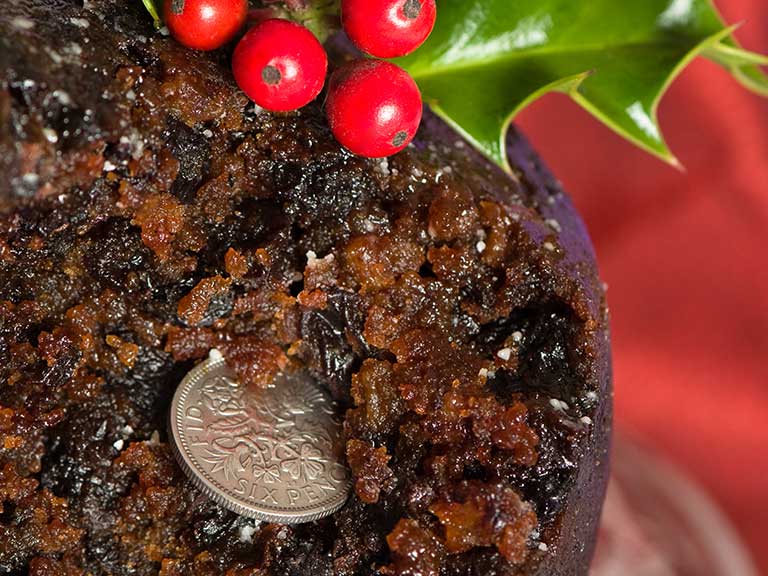
The (Lucky) Sixpence


There’s one coin in particular though that holds more meaning and beauty than any other, blending fact and fiction to produce what can only be described by many as the world’s most beautiful coin. Una and the Lion.
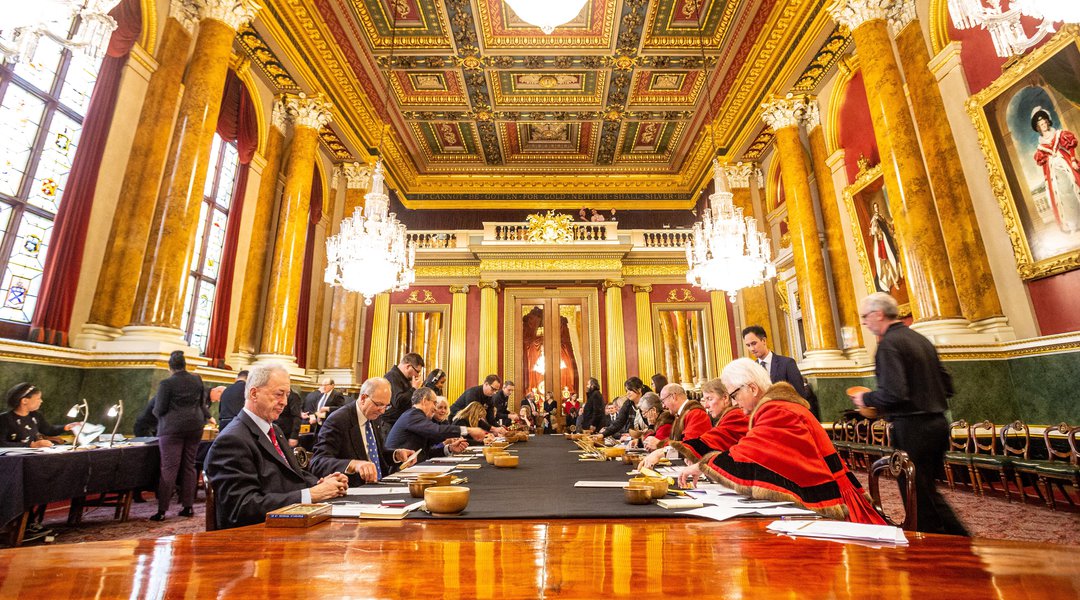
The word ‘pyx’ comes from the Latin word ‘pyxis’ or small box, and in this case refers to the chests used to store and transport the coins ready for the trial. Throughout the year, coins are randomly selected from every batch and denomination struck, sealed in bags of 50 and locked away in ‘Pyx’ boxes ready for testing to commence at the Trial of Pyx.
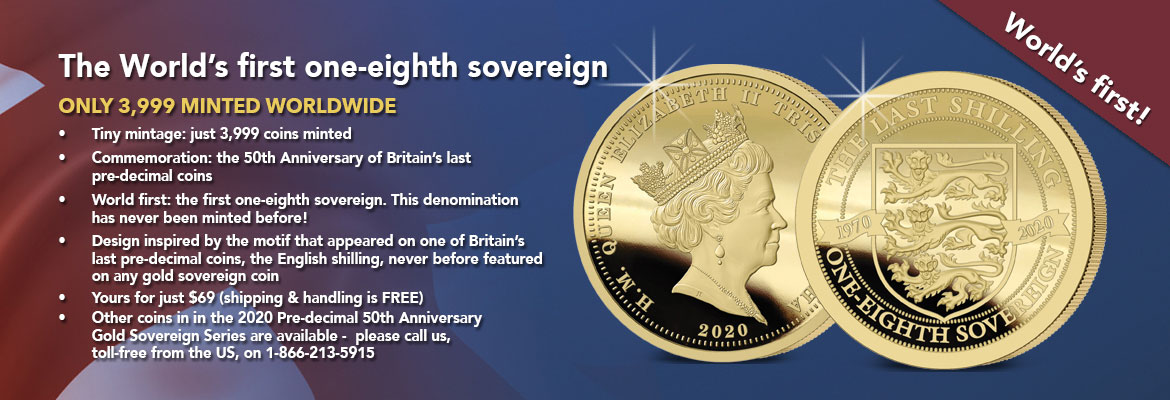
Decimalisation, or Decimal Day as it is most known, occurred in 1971 after the pre-decimal system was deemed too complicated with pounds, shillings and pence. Initially, the plan was to make the new decimal currency into cents and dollars (known more in the USA), but this was reconsidered, and pounds and pence were the chosen coinage.
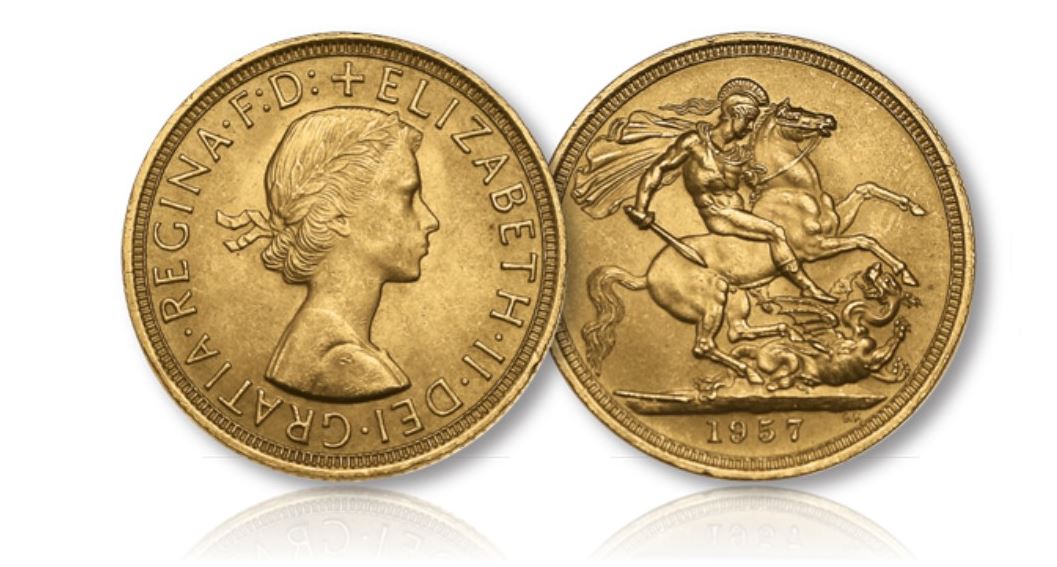
Then in 1817, the ‘new sovereign’ made its debut with a newly imagined design featuring St George slaying the dragon. The new design was created by Italian gem engraver Benedetto Pistrucci and was destined to become one of the world’s most loved coin designs.
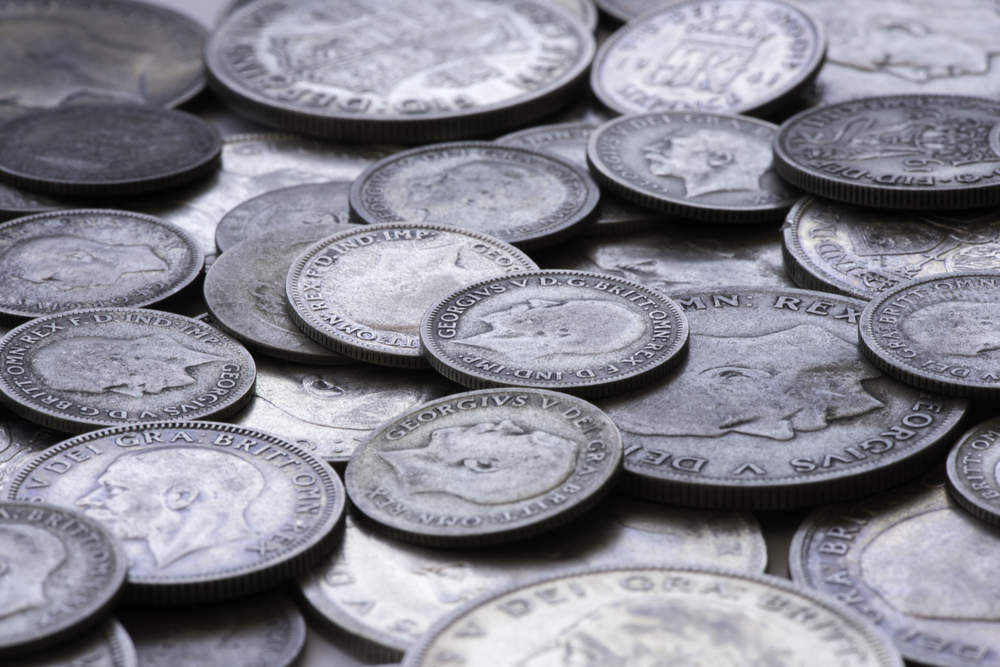
There were 12 pennies to the shilling and 20 shillings to the pound. There were also Half Crowns, Three Pennies, Sixpences and Farthings. Prior to the decimal era, many had problems dealing with the complicated system, with Sir John Bowring, a Member of Parliament at the time, being one of the first calling to change to a currency based on units of ten.